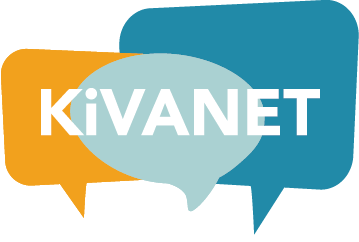
Chinese is the most widely spoken language in the world. Today, there are about one-fifth of the entire world population speaking Chinese as their native language. Studying Chinese would be the best way to open the doors to many business opportunities. Besides China, Chinese is also spoken in countries such as Malaysia, Thailand, Taiwan, Singapore, Indonesia, etc. Therefore, it would be beneficial for you if you know the language.

In Finland, Chinese is a growing language. There are more than 10 Finnish universities and at least 20 adult education centres offering Chinese courses through the year, however, the online Chinese teaching resources are still limited. As a Chinese language teacher, I have been paying attention to improve my students’ enthusiasm for learning Chinese. In recent years, digitalization have rapidly become an important part of language teaching and learning in higher education (HE) in Finland. Taking Aalto University as an example, all our courses are in Moodle based learning environment. Teachers are encouraged to apply blended learning and flipped learning strategies in teaching; I have been aware the huge differences between the traditional learning and blended learning. Through the digital environment, more students are motivated and can make commitment to complete the course; moreover, they study freely at their own pace.
The KiVAKO project supports this digitalization development. The project aims to create new learning pathways for less widely studied languages like Chinese in HE in Finland. Our goal is to improve more flexible, individual study paths for our learners. The two-person Chinese team will design six online courses (15 ECTS in total) from 0-A2 level for a large number of students. All the courses should also provide the learners with the necessary guidance and feedback. During the academic year, our priority is to acquire the adequate digital skills to update pre-existing materials and implement new technologies and virtual classroom applications.

In KiVAKO, many of teachers face quite similar challenges, for example, the limited online resources; developers must identify and acquire necessary skills of online software and tools; teachers transitioning to a new role (new platform); novel technical solutions and pedagogical models for online/blended learning. Particularly, in Chinese team, our biggest difficulty is that we only have TWO developers; therefore, we have to agree on everything and do everything together. On the other hand, in KiVAKO project, developers share the same opportunities: testing new teaching tools, sharing best practices and ensuring the transition from educators to facilitators and co-learners.
Besides working on creating online courses, we also put our effort to promote KiVAKO project all the time. Our final goal is to offer useful and motivated online courses to our future learners. Next month, in June, Chinese 1 (3 ECTS) and Chinese Characters 1 (2 ECTS) courses should be ready in Digicampus and they will be piloted this autumn term. In addition, Chinese 2 (3 ECTS) and Chinese Characters 2 (2 ECTS) should be completed at the beginning of January 2020; In June 2020, the last two courses: Chinese 3 (3 ECTS) and Chinese Characters 3 (2 ECTS) will be finalized and ready in Digicampus.
Overall, the KiVAKO project offers the new digital pedagogy that is important to develop the online Chinese education in Finland. Moreover, the project can improve teaching time management and bring learners more flexibility.
KiVAKO Chinese subproject group:
Jinhua Cheng, Aalto
Hai Guo, Haaga-Helia

